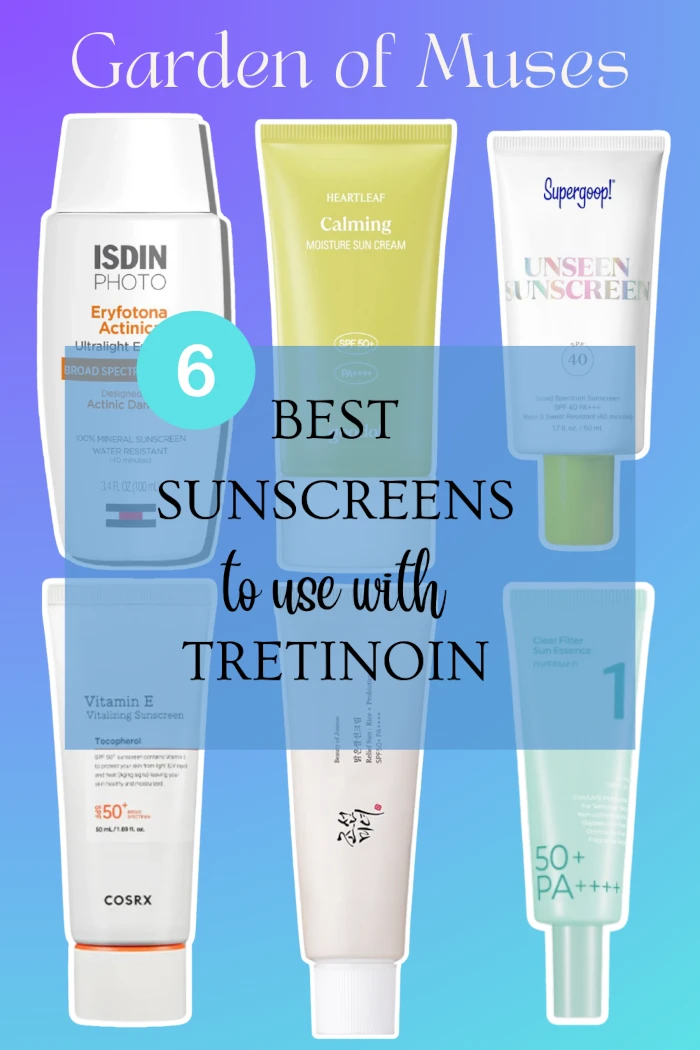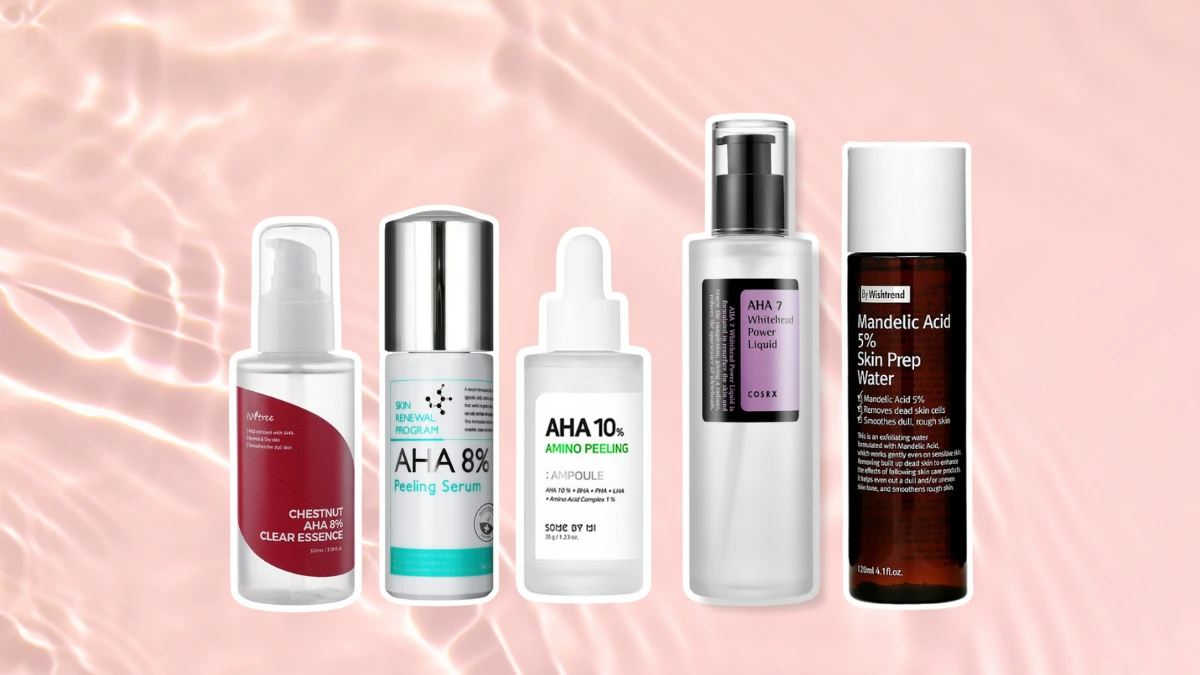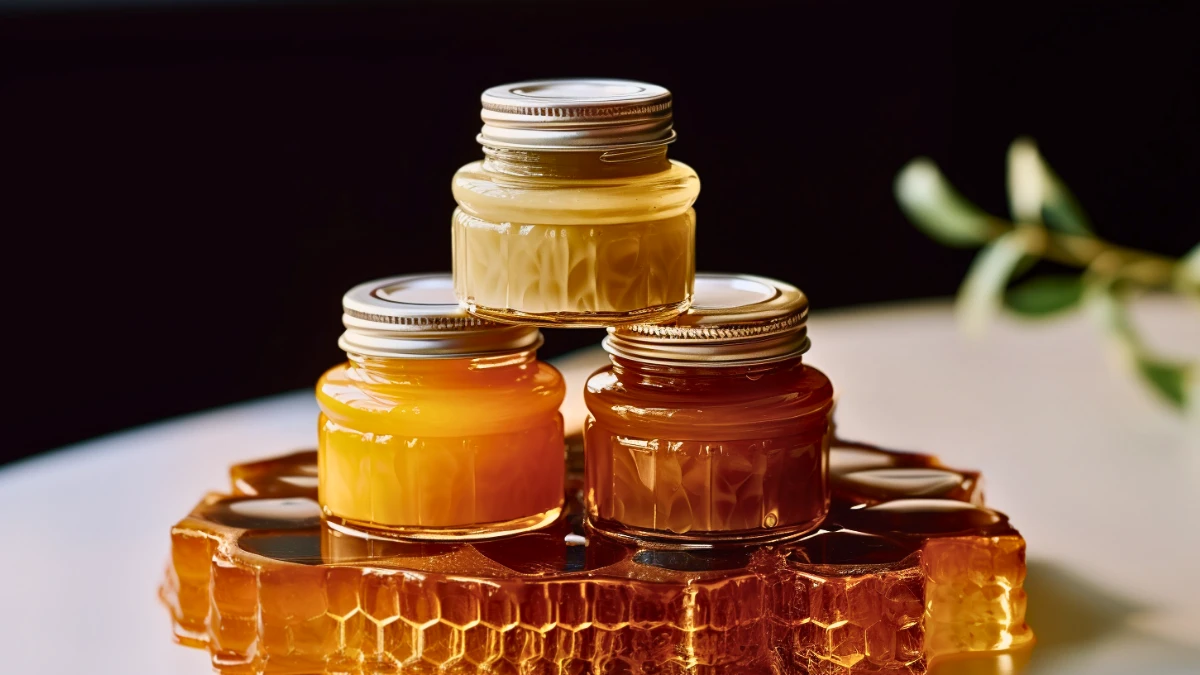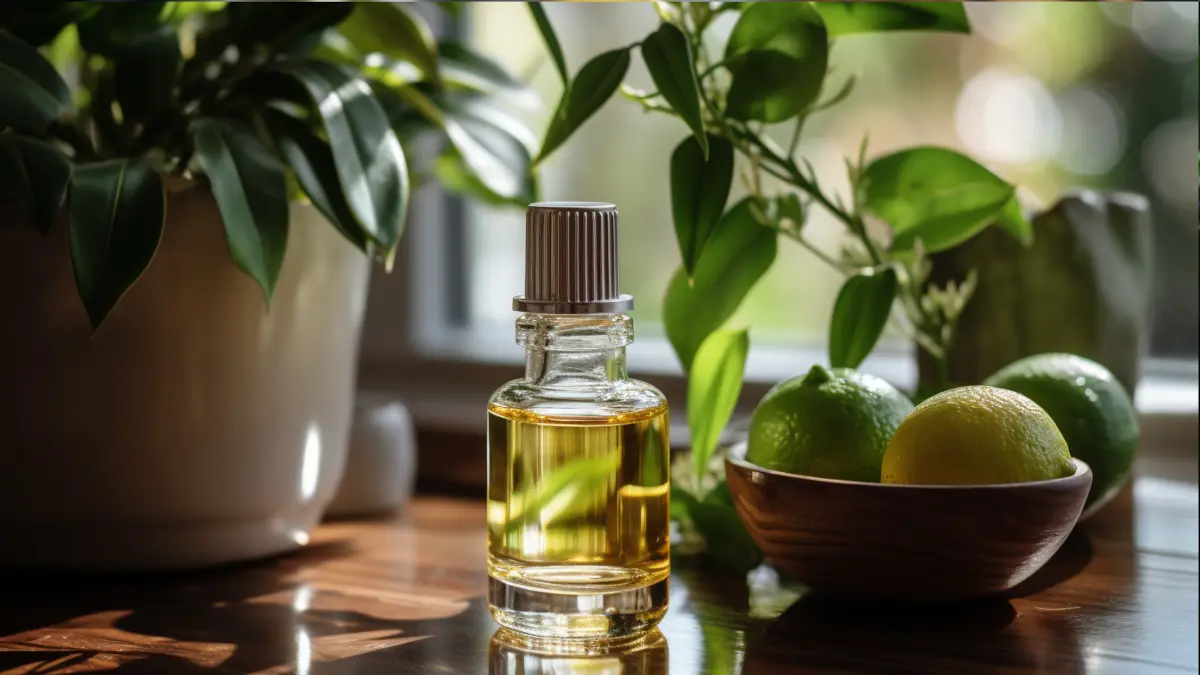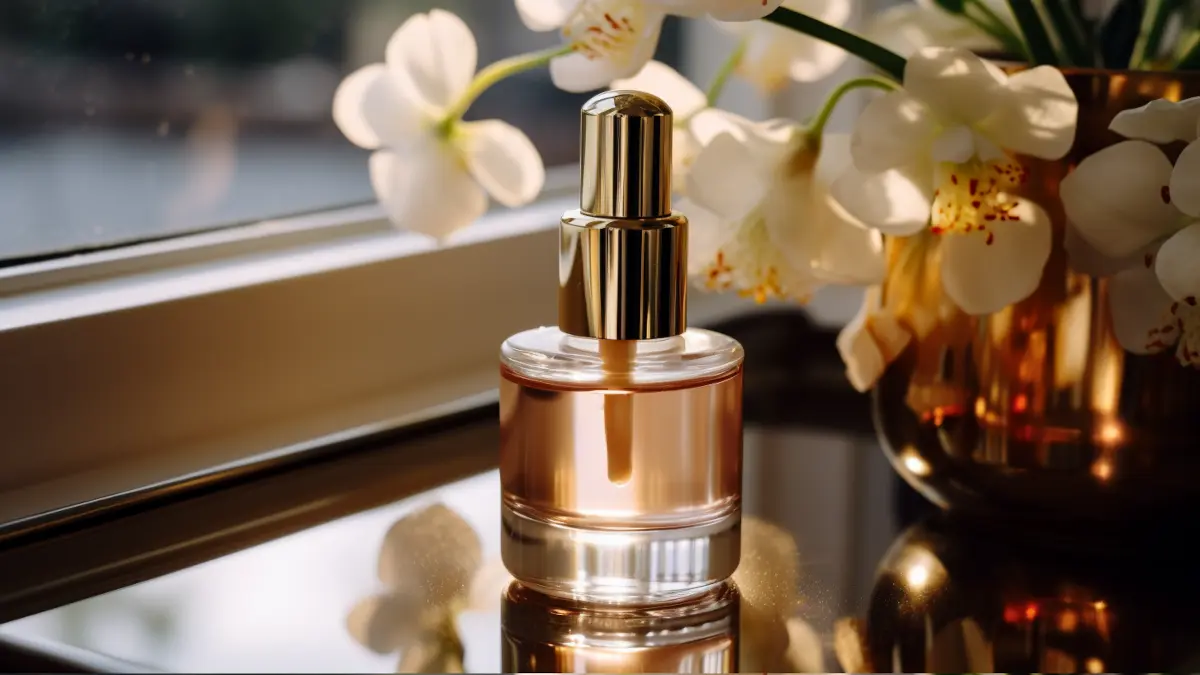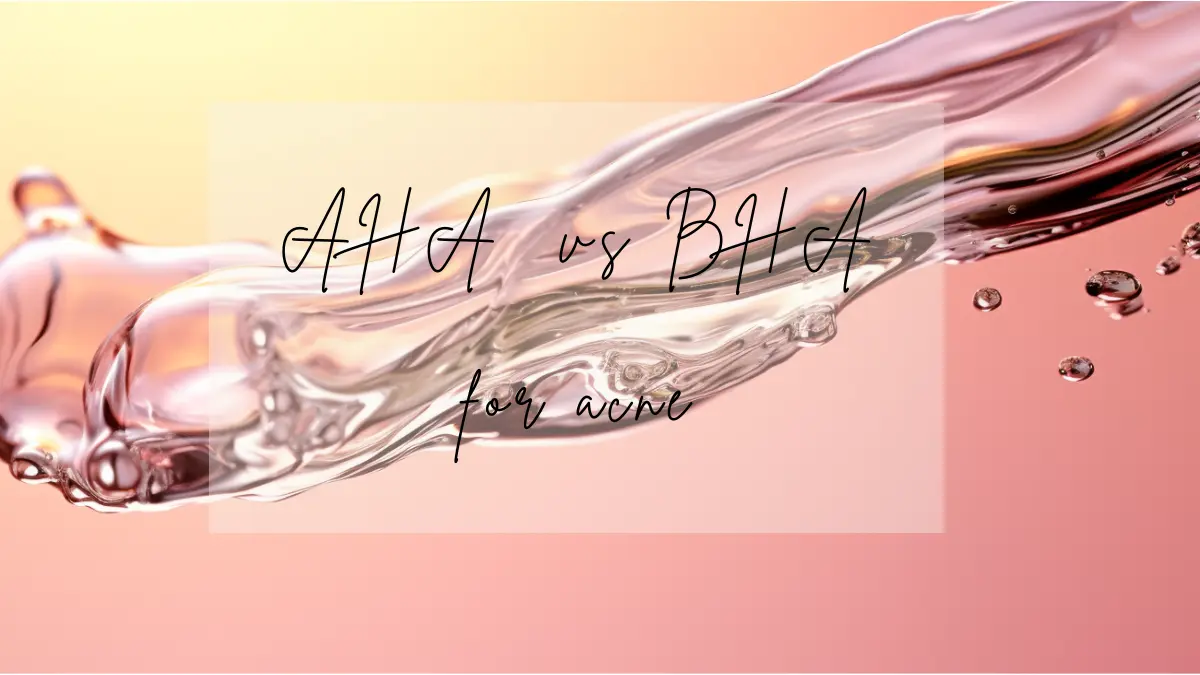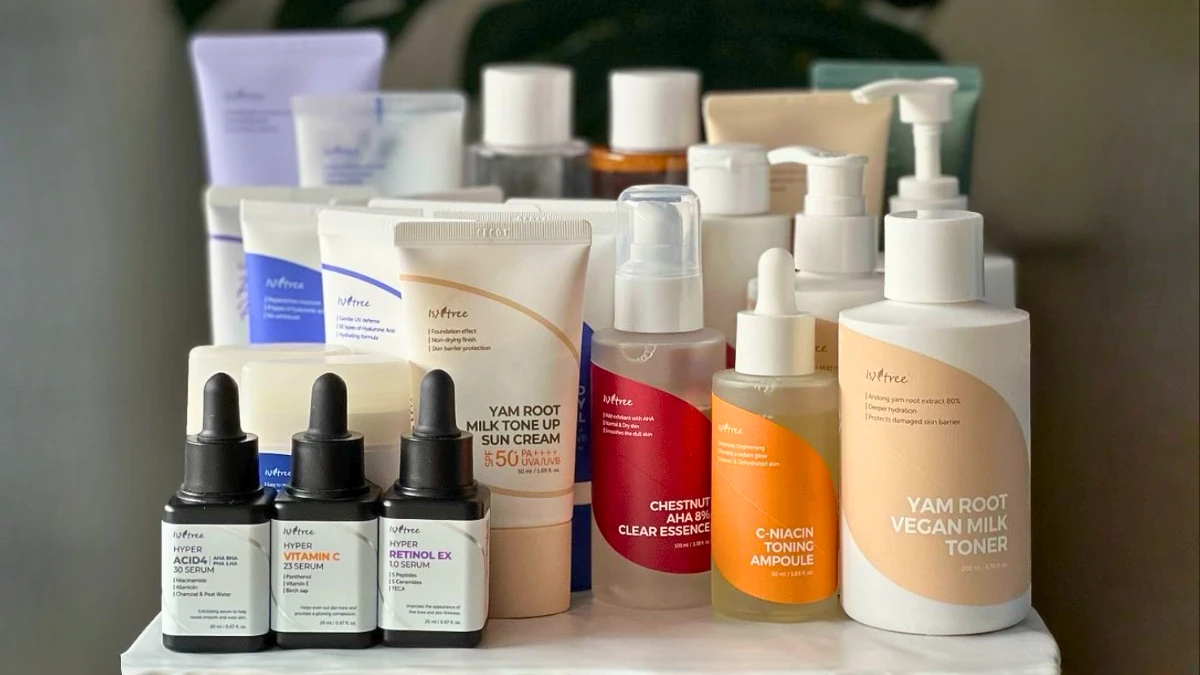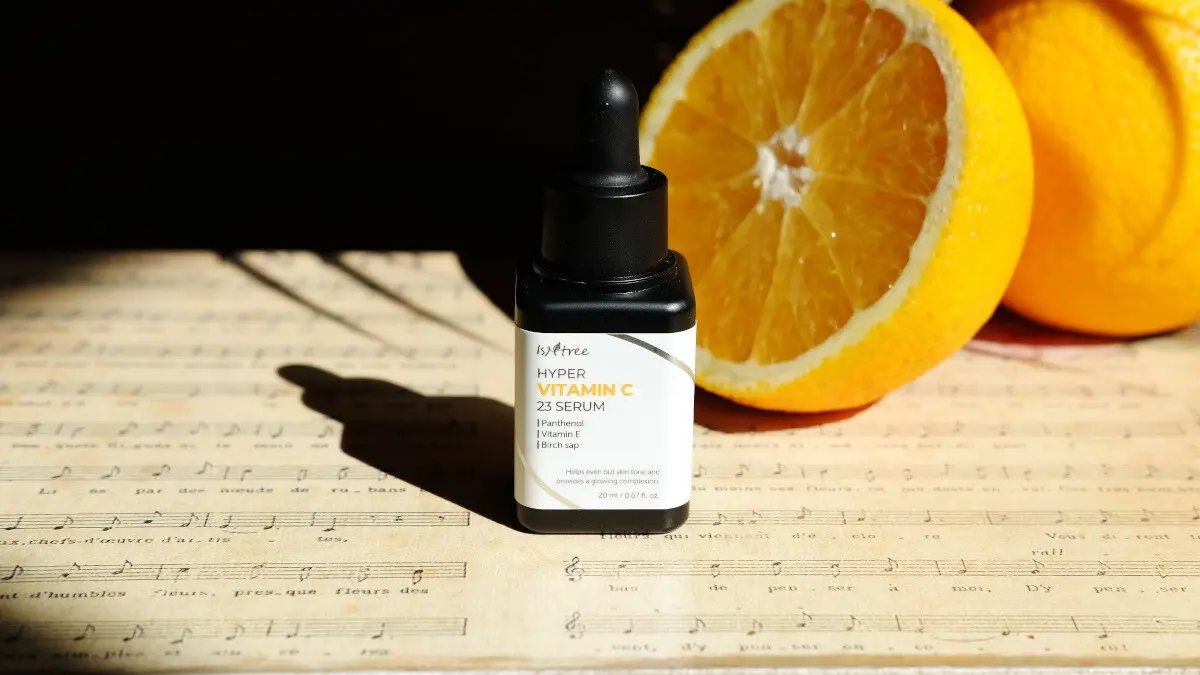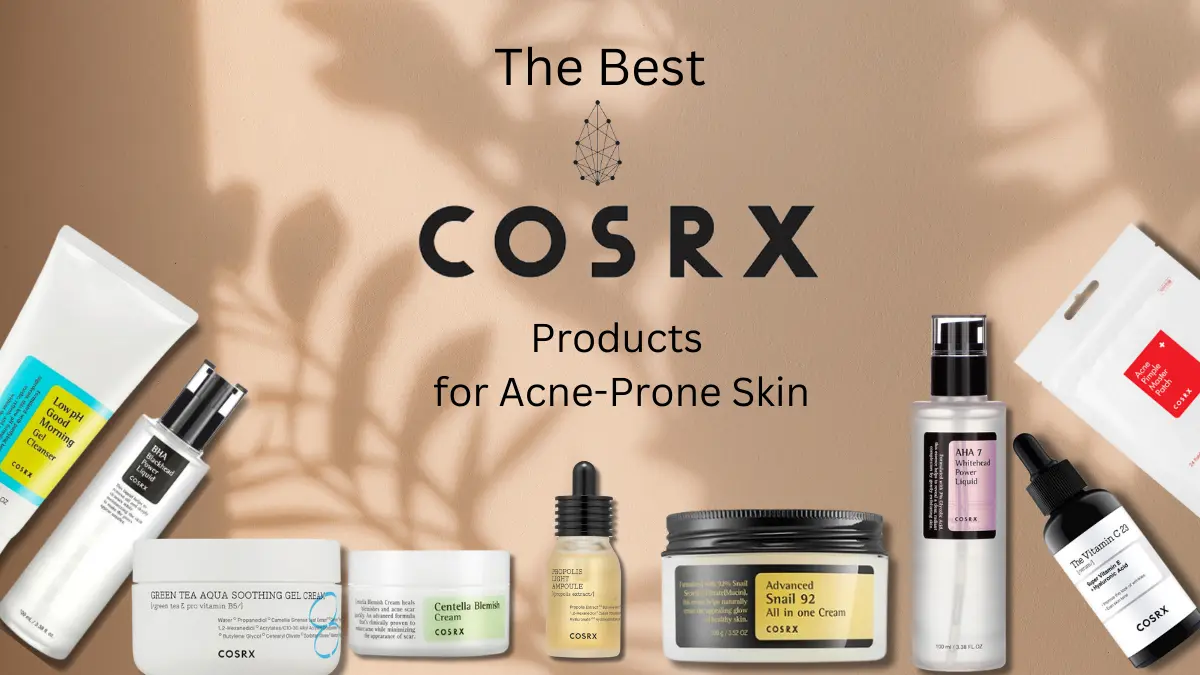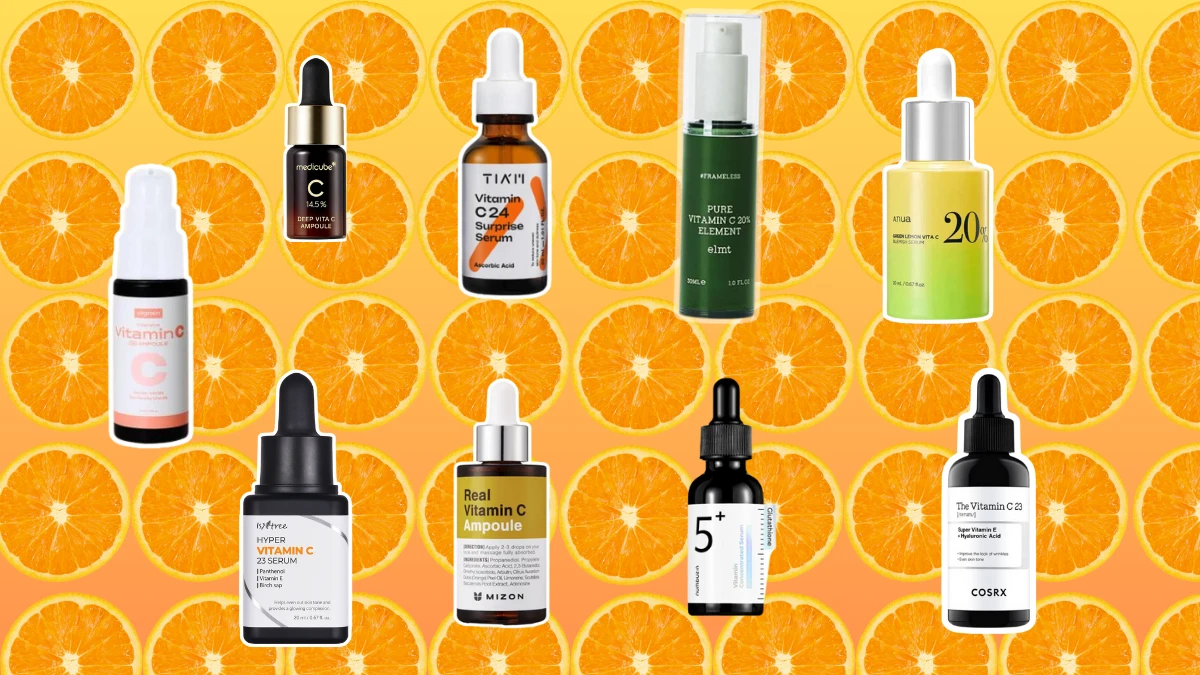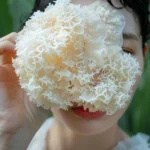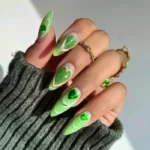Ask any doctor about the benefits of vitamin C, and they’re bound to rattle off a laundry list: it helps immune function, keeps your heart healthy, and promotes clear vision. A dermatologist, however, will likely share a few more perks regarding your skin because the ingredient is a true skincare workhorse.
Vitamin C, also known as ascorbic acid, is a powerful antioxidant and defends your skin from free radicals to help slow signs of aging. Plus, it helps stimulate collagen production for a firmer complexion and brighten dark spots. With all these benefits, it’s unsurprising that beauty brands have developed countless serums infused with vitamin C.
L-Ascorbic Acid LAA Vitamin C Serum:
- What Is a Vitamin C Serum?
- The Importance of Vitamin C in the Body
- The Role of Vitamin C in the Skin
- Does My Skin Already Contain Vitamin C?
- What Are the Benefits of a LAA Vitamin C Serum?
- How to Use Vitamin C Serum?
- What Color Should My Vitamin C Serum Be?
- Do I Still Want To Use It If It’s Changed Colors (Oxidized)?
- How Should I Store My Vitamin C Serum?
- Why Is My Skin Orange?
- Mix with L-AA Vitamin C
What Is a LAA Vitamin C Serum?
L-ascorbic acid, or LAA Vitamin C, is one of the most potent skincare ingredients for improving the appearance of fine lines and wrinkles, fading hyperpigmentation, protecting against photo-aging and pollution, and treating acne scarring!

It’s one of the most thoroughly researched skincare ingredients, and dermatologists agree it is one of the most effective ingredients to include in your skincare routine.
Vitamin C Serums are most commonly made with L-Ascorbic Acid (LAA), the active ingredient I will write about today. Serums typically have higher concentrations of LAA when compared to their cream/lotion-based counterparts.
When starting out using a vitamin C serum, it is a good idea to gradually increase usage from a lower percentage (10%) and application times (1-2 days) to higher percentages (15-20%) and more frequent application (2x daily).
The Importance of Vitamin C in the Body
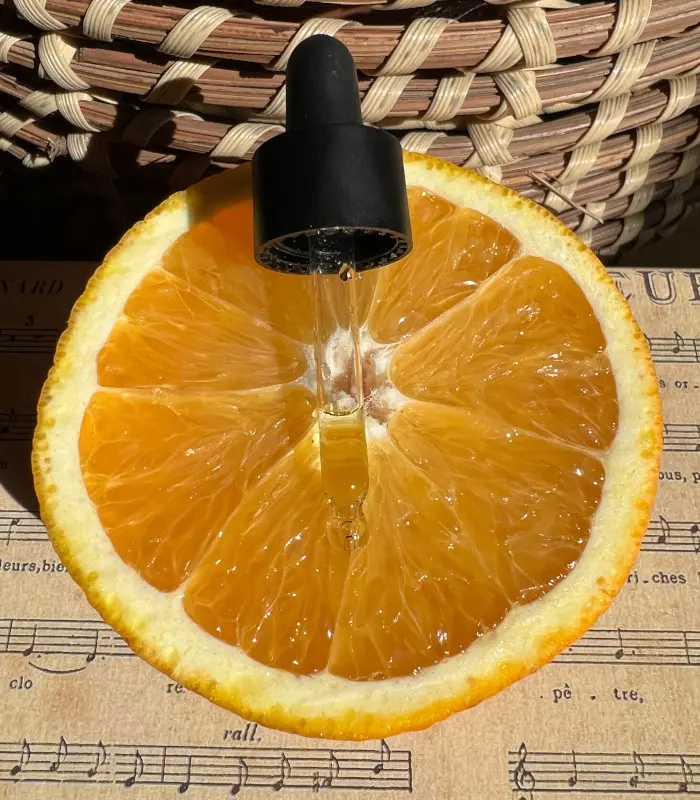
All animals naturally use vitamin C to protect themselves from oxidative damage, synthesize collagen, heal wounds, and perform many other vital bodily functions. Vitamin C is an essential vitamin that animals cannot survive without. For example, a lack of vitamin C in most animals results in scurvy.
Some animals, such as ruminants, can synthesize vitamin C from monosaccharides within the body. However, humans (and other primates), guinea pigs, invertebrates, some insects, fish, bats, and birds cannot synthesize vitamin C as they lack an essential enzyme called L-gluconolactone oxidase.
Therefore, Vitamin C is an essential part of our diet and is absorbed in our small intestines when we eat citrus fruits and green leafy vegetables.
The ingredient is a heavy-hitting antioxidant, meaning it can reduce some oxidative damage created by sunlight and pollution. But you can’t solely rely on your diet to get this vital nutrient.
Most healthy people who eat [a variety of foods] have plenty of vitamin C in their skin, but applying it topically adds an extra layer of benefit.
Tara Rao, Dermatologist at the Schweiger Dermatology GroupTM in NYC
The Role of Vitamin C in the Skin
Just as vitamin C is necessary to perform critical biological functions throughout the body, it is also an essential ingredient in our skincare routine.
I’m sure you’re not here to learn about scurvy, so let’s move on to the benefits topical use can do for our skin!
Our skin requires vitamin C to synthesize collagen and inhibit elastin’s overproduction following UV exposure. As you might already know, collagen and elastin are two critical fibrous components of the dermis, the dermal layer of our skin. Together, they maintain the supportive structure of our skin, giving it both firmness and elasticity.
Unfortunately, as we age, our skin becomes thinner and more fragile because the collagen and elastin structures begin to break down. Lifestyle and genetics contribute to the rate at which these fibrous proteins break down.
However, it’s typically said that our skin produces about 1 percent less collagen each year after age 20. I did the math, meaning my skin already has 15% less collagen than when I was 20 years old!
Utterly new to LAA Vitamin C?
Does My Skin Already Contain Vitamin C?
As I mentioned, our skin already contains vitamin C, which our fruits and vegetables absorb in the small intestine. Although no studies have been conducted on the relationship between the levels of vitamin C in our diet and the aging of our skin, more generalized nutritional studies have found that diets higher in antioxidants are associated with improved measures of skin elasticity, facial wrinkling, roughness, and color.
This suggests a diet rich in fruits and vegetables can benefit skin health. However, it’s challenging to determine which active component in the fruit and vegetables is responsible for the observed benefit to the skin. The observed effect from these studies is likely to be multifactorial, not only a result of vitamin C in the diet.
There is also a question of how stable vitamin C serums are (since ascorbic acid is a highly unstable compound and quickly oxidizes when exposed to oxygen, light, or heat). Knowing what to look for in a vitamin C serum is imperative.
So Should You Buy A Vitamin C Serum, or Is It A Waste of Money?
If you have a healthy diet of fruits and vegetables high in antioxidants, your skin should contain enough vitamin C to function the same way a topical vitamin C serum would. So, is your money better spent on other skincare products?
I spent a lot of time digging a little deeper into this. I found many testimonials from people in their 50s and 60s who saw considerable skin improvements when using a long-term vitamin C serum, generally longer than three months. I also found the same age group commenting that their skin became easily pigmented with dark spots when they stopped using a vitamin C serum.
This could be explained by the evidence that as we age, the level of vitamin C in our skin declines in both the dermis and epidermis and that sunscreen only blocks 55% of the free radicals produced by UV exposure!
Pollutants like smoke and exhaust fumes also lower vitamin C, especially in the epidermis. We all know that smoking cigarettes causes our skin to age faster. One of the reasons is that smokers have been shown to have depleted vitamin C levels compared with non-smokers.
So, although it’s a hot debate whether a vitamin C serum is necessary if you’re already getting enough vitamin C through dietary intake, I think people with mature skin could benefit from the UV-protective effects of a quality vitamin C serum, especially if you get excessive sun exposure like me here, in California.
What Are the Benefits of a LAA Vitamin C Serum?
Vitamin C Serum is one of the few products that will deliver what it promises on the box. Remember that it can take several more than six months before results are fully realized.
That list of benefits is pretty lengthy.
1. Antioxidant
First and foremost, it’s an antioxidant that fights free radicals.
Free radicals are highly unstable molecules in the air, our bodies, and materials around us. They attach themselves to our healthy cells to become stable, turning them into free radicals. When we have more free radicals than antioxidants, our cells suffer oxidative stress, becoming damaged. So, this could be the cells within collagen and elastin in our skin, for example. If collagen and elastin cells are damaged, they don’t function effectively to support the structure of our skin. This can then lead to visible signs of aging.
In short, vitamin C binds to the free radicals so your cells don’t. This protects them and your skin from the free radicals that would otherwise cause damaging oxidative stress and aging.
This affects the molecular composition of your complexion and weakens it. Vitamin C has rich antioxidant properties that repair and renew the cells to give skin a healthier look.
Free radicals are these ‘bad actors’ that act like arrows and actually poke holes in the skin’s collagen,
[Free radicals] can [also] create dullness and redness in skin. [They’ve] been implicated in inflammation as well.
Dr. Dennis Gross, NYC-based dermatologist and founder of the Dr. Dennis Gross
2. Stimulates Collagen
Vitamin C has been proven to fade fine lines and is ideal for treating and preventing the onset of wrinkles and hyperpigmentation. Vitamin C facilitates the creation of collagen in the skin, which produces tighter and firm skin;
It has been well studied to help prevent wrinkles and sun spots. It also helps boost collagen production, combats oxidative stress, and ramps up cell turnover. What this means on the surface is a smoother, firmer, brighter, and more even-looking complexion.
Tara Rao, Dermatologist at the Schweiger Dermatology GroupTM in NYC
3. Increases the Effectiveness of Sunscreen
Vitamin C does not replace your sunscreen. It thickens the dermis layer of the skin, which helps prevent the harmful effects of the sun.
Think of it as more of a ‘booster’ that assists your sunscreen.
4. Prevents Aging
Although skin aging is a natural process that we can’t stop from happening, using antioxidant ingredients such as vitamin C in our daily skincare routine can help slow this process down.
Research has shown that L-ascorbic acid quickly penetrates the dermis layer of our skin (where it’s needed) due to its small molecular size and water solubility.
Studies have found that topically applied L-ascorbic acid at concentrations between 5 and 15% has a skin anti-aging effect by:
- Increasing the production of collagen types I and III
- Preventing the inactivation of enzymes which stabilize the three-dimensional structure of collagen
- Inhibiting the enzyme collagenase 1 (which is one of the enzymes that break the peptide bonds in collagen)
- Neutralizing and removing oxidants found in environmental pollutants
- Neutralizing and removing oxidants found after exposure to ultraviolet radiation (thereby preventing photo-aging)
5. Treats Post-inflammatory Hyperpigmentation
Vitamin C manages and removes free radical damage on the skin.
Post-inflammatory hyperpigmentation (PIH) can be reduced with the use of LAA

6. Prevents Hyperpigmentation
In addition, vitamin C has also been shown to prevent hyperpigmentation (starting at concentrations of 10%) by inhibiting the enzyme tyrosinase, which is necessary for the synthesis of melanin.
It helps reduce the excess production of melanin, which is what is implicated in melasma, in postinflammatory hyperpigmentation, age spots, sun spots, [and] acne marks.
The sheer diversity of what vitamin C [can accomplish] is unmatched.
Dr. Dennis Gross, NYC-based dermatologist and founder of the Dr. Dennis Gross
However, although vitamin C has been shown to prevent hyperpigmentation, it hasn’t been shown to treat hyperpigmentation that already exists on the skin.
How Do You Use Vitamin C Serum, and Where in My Routine Do I Use It?
How you use your vitamin C is also essential: it must be applied regularly to see results. It’s safe enough to be used daily, even twice daily (morning and night), depending on your skin type, but be careful how you layer.
LAA Vitamin C Serums are best used on clean skin before applying other products. If you use a pH-adjusting toner after cleansing, allow enough time to completely dry the skin before applying Vitamin C Serum. If using a higher pH cleanser, allow 15 minutes afterward for your skin to return to an average pH level before applying Vitamin C Serum.
How much product you use will vary for each person and each product. This will be something each individual will need to experiment with and find out what works with their skin.
Take your serum, and use your clean fingers or a cotton pad to spread it over your face. Your skin should fully absorb the product. If you end up with a film on your skin, you must reduce the amount of serum used. Allow 15 minutes after application for your skin to absorb the serum before moving on to the next step in your routine.
To make this simple: Cleanser>Vitamin C Serum>pH Dependant Acids>Rest of Routine.
Remember that you can use your BHA/AHA products before your Vitamin C Serum, though it may reduce the efficacy. This is a personal choice regarding how you layer your pH-dependent products with Vitamin C Serum.
Do I Have to Wait to Let Vitamin C Absorb before Moving on to the Next Step in My Routine?
Technically, no, you don’t. But allowing your skin to dry after applying a vitamin C serum, even for as little as two minutes — will help it better absorb into your skin.
Choudhary, SkinCeuticals Global Scientific and Medical Affairs consultant, says giving your products a moment to penetrate will also help reduce their potential to “ball up” after they are applied, otherwise known as pilling.
Should Vitamin C Be Applied in the Morning or at Night?
This is a highly debated topic. Generally, vitamin C can be included in your morning or nighttime skincare routine.
Choudhary points out that tapping into its antioxidant power in the daytime might be more productive.
Sunlight is known to induce damaging free radicals
Hina Choudhary, SkinCeuticals Global Scientific and Medical Affairs consultant
Therefore, vitamin C and its antioxidant superpowers can help provide a shield between your skin and the harmful effects of UV rays.
However, others say that because vitamin C levels in the skin are depleted at night, it is best to use it then. You may also want to use it in the PM if you do not like the glazed look it can give your skin.
Regardless of whether you use it AM or PM, consistency is vital to experiencing the great benefits that vitamin C can offer. It is also best to use it either daily or every other day.
But only do this once you have built up a tolerance to vitamin C. I know it’s tempting but start slow. I can’t stress this enough! Start with once or twice a week for the first couple of weeks. Then, increase to 3-4 times a week for another couple of weeks before moving to daily use. Your skin will thank you!
Do I Need a Separate Vitamin C Product for Use under the Eyes?
Just because vitamin C has brightening properties doesn’t necessarily mean you should slather it on your shadowy undereye area with reckless abandon. It’s best to get a separate, lighter-weight product specialized for the delicate, thinner, and often more vulnerable undereye skin.
It’s not just about the ingredient; it’s about how it gets into the skin and [how it is] delivered to the layers you want it to go,
I want something a little more hydrating, more emollient in that area.
The skin around the eyes doesn’t really have oil glands, so you have to use something more hydrating, more rich.
Dr. Dennis Gross, NYC-based dermatologist and founder of the Dr. Dennis Gross
Try the Paula’s Choice C5 Super Boost Eye Cream, which includes glycerin to hydrate intensely to boost radiance under the eyes.
At What Age Should I Start Using Vitamin C?
General consensus says to start using a vitamin C product from 18. I wish I had started much earlier than I did (at 27!). It’s never too late to start using antioxidants — even 20-somethings who may not be worrying about the adverse effects of sun damage just yet.
Remember, it builds collagen. You may not see wrinkles [but there could be collagen breakdown]. Using vitamin C preemptively is very smart and recommended for that age group.
Dr. Dennis Gross, NYC-based dermatologist and founder of the Dr. Dennis Gross
So, if you’re reading this now, you’re 18+ and don’t currently use any vitamin C in your skincare routine, get shopping and get glowing!
What Color Should My Vitamin C Serum Be?
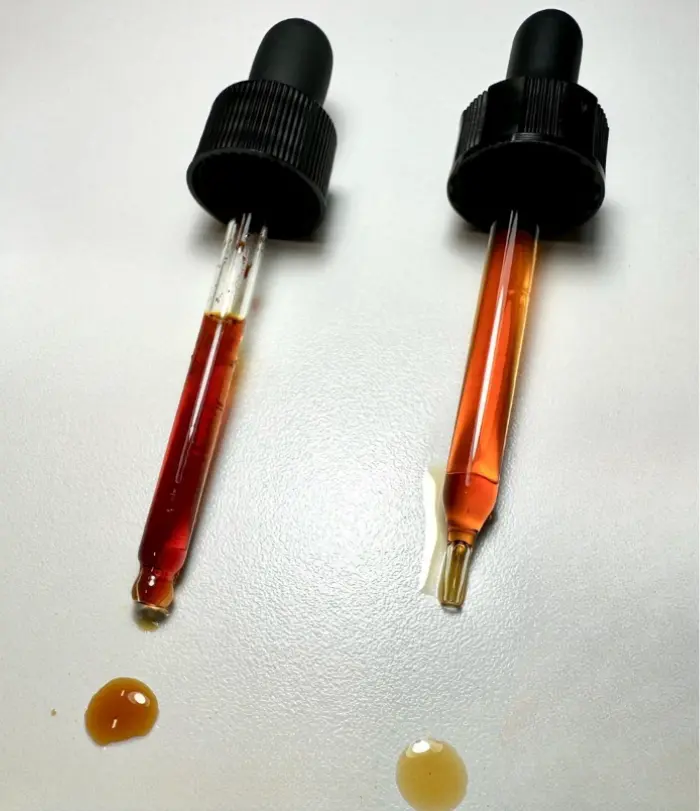
Remember that as powerful as vitamin C is, it’s a highly unstable ingredient, so its potency can quickly deteriorate. Many forms of vitamin C begin to break down as soon as they interact with sunlight and oxygen, so it’s vital to seek out products with this ingredient packaged in tubes and pumps.
Vitamin C Serums are usually clear or tinted, similar to champagne. When your serum changes begin to yellow and eventually brown, it is a tell-tale sign of oxidization.
Some companies add dye into their serums that darken the color, though I would be wary of such formulas as this could hide oxidization.
Do I Still Want to Use It If It’s Changed Colors (Oxidized)?
When Ascorbic Acid oxidizes, it changes to dehydroascorbic acid (DHAA), which changes the color of your serum from that clear-champagne tone down to a deep brown/red based on the oxidation level.
Is DHAA harmful to the skin itself? No. Using a serum with slight yellowing isn’t as bad as it’s made out to be, though it may irritate your skin due to the higher concentrations of DHAA. If your serum has changed to a dark color, I suggest not using it due to the high probability of irritation.
How Should I Store My Vitamin C Serum?
Because LAA is highly susceptible to oxidization from light, oxygen, and temperature, it is best kept in a dark-colored container that is mostly (or even entirely) opaque. Vitamin C Serum should be kept in a cool dark place, like a potato! Most serums are OK with storing in the fridge, but some companies advise that their products should not be refrigerated (Paula’s Choice C15).
Why Is My Skin Orange?
Applying too much serum to your skin can leave a slight film that is not absorbed. If you are not careful, this residue can oxidize and turn your skin into a lovely shade of Oompa-Loompa. The best way to avoid having this effect is to use less product and wash your hands after application.
Best Korean Vitamin C Serums with L-Ascorbic Acid
If you’re convinced that vitamin C suits your skincare routine and is ready to get glowing, keep reading. We’ve curated the best Korean Vitamin C Serums with L-Ascorbic Acid to help boost your skincare routine:
Best Korean Vitamin C Serums with L-Ascorbic Acid in 2024

Mix with L-AA Vitamin C
Vitamin C and Niacinamide
You occasionally hear about niacinamide when the topic of Vitamin C Serums comes up.
Niacinamide is one of the most beneficial ingredients for the skin. It is highly effective at fading hyperpigmentation, has anti-aging properties, and is well tolerated by most skin types.
But what happens when you use LAA Vitamin C together with niacinamide?
I reassure you that using both ingredients in your skincare routine is okay! Remember to apply your vitamin C serum after cleansing at the start of your skincare routine, as vitamin C requires a low pH to penetrate the skin.
My fellow muse, Adela Wong, has written an in-depth article on using Niacinamide with Vitamin C.

Vitamin C and Tretinoin
A study from Brazil shows that combining tretinoin and vitamin C produces a stable and effective skincare solution. They both work together to alleviate skin aging.
This beneficial duo should maybe be put aside when first starting tretinoin. It is advisable to stop all actives when starting tretinoin to avoid irritation. Yes, even if prior use was not eventful. Six months in, when the skin is accustomed to the prescription medication, vitamin C can be re-introduced.
Still, Vitamin C needs an acidic environment (pH around 3.5), and tretinoin needs a much less acidic environment to work (pH around 5.5). So, combining the two isn’t a good idea if you want both to be absorbed effectively and work best.
I would wait 30 minutes between layering them or save the tretinoin for evening use and the vitamin C for the daytime.
Vitamin C and Vitamin E
Vitamin C and E are both antioxidants that support each other and enhance the power of each other. Together, they enhance the photo-protective effects of sunscreen. Vitamin C has been reported to enhance UVA protection, whereas vitamin E is more effective against UVB radiation. It’s a great pairing!
Vitamin C and Ferulic Acid
Ferulic acid has been shown to provide antioxidant benefits to the skin. It can also enhance the stability of topical applications of vitamins C and E. Defence against environmental assault is another benefit that ferulic acid can provide!
You’ve gone from a great pairing above to an incredible trio if you have an ascorbic acid product containing vitamin E and ferulic acid!
Show Me Proof
- Welch, Richard W., Yaohui Wang, Arthur Crossman, Jae B. Park, Kenneth L. Kirk, and Mark Levine. “Accumulation of vitamin C (ascorbate) and its oxidized metabolite dehydroascorbic acid occurs by separate mechanisms.” Journal of Biological Chemistry 270, no. 21 (1995): 12584-12592.
- Tsujimura, Masaru, Shizu Higasa, Kazuhiro Nakayama, Yoshiko Yanagisawa, Sadahiko Iwamoto, and Yasuo Kagawa. “Vitamin C Activity of Dehydroascorbic Acid in Humans—Association between Changes in the Blood Vitamin C Concentration or Urinary Excretion after Oral Loading—.” Journal of nutritional science and vitaminology 54, no. 4 (2008): 315-320.
- Ahmad, I., M. Ali Sheraz, S. Ahmed, R. Bano, and F. H. M. Vaid. “Photochemical interaction of ascorbic acid with riboflavin, nicotinamide and alpha‐tocopherol in cream formulations.” International journal of cosmetic science 34, no. 2 (2012): 123-131.
- Xiao, Li, Kentaro Kaneyasu, Yasukazu Saitoh, Yoichi Terashima, Yasunori Kowata, and Nobuhiko Miwa. “Cytoprotective effects of the lipoidic‐liquiform pro‐vitamin C tetra‐isopalmitoyl‐ascorbate (VC‐IP) against ultraviolet‐A ray‐induced injuries in human skin cells together with collagen retention, MMP inhibition and p53 gene repression.” Journal of cellular biochemistry 106, no. 4 (2009): 589-598.
- Gianeti, Mirela Donato, Lorena Rigo Gaspar, Flávio Bueno de Camargo Júnior, and Patrícia Maria Berardo Gonçalves Maia Campos. “Benefits of combinations of vitamin A, C and E derivatives in the stability of cosmetic formulations.” Molecules 17, no. 2 (2012): 2219-2230.


